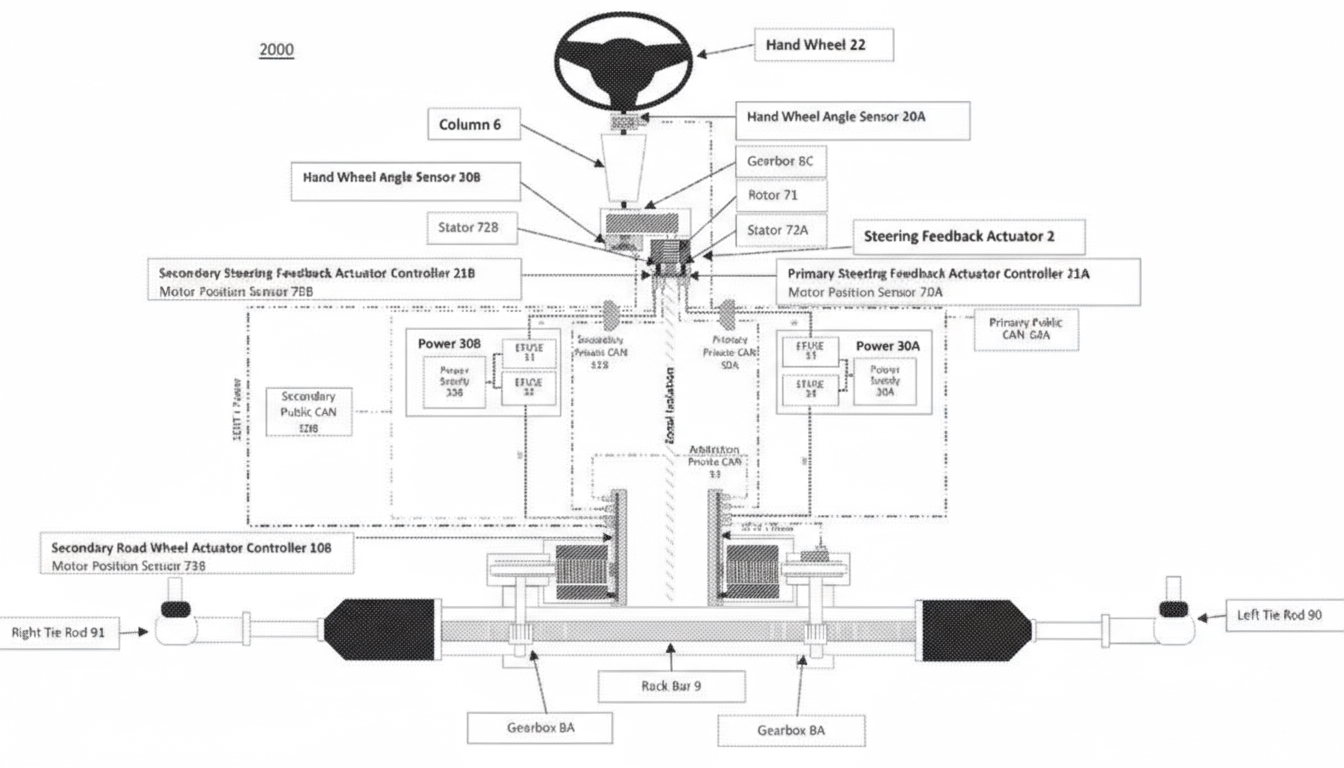Modern vehicles rely on a range of wireless technologies to enable low-latency, hands-free connectivity, replacing traditional wired connections like cables for CD/DVD players or USB ports. Technologies such as Wi-Fi, Bluetooth, cellular networks (LTE and 5G), and ultra-wideband (UWB) facilitate communication between vehicles, dealerships, and cloud systems for over-the-air (OTA) updates and service information.
5.9 GHz Band for Vehicle Safety
Globally, the 5.9 GHz band is designated for automotive safety communications, supporting vehicle-to-vehicle (V2V), vehicle-to-infrastructure (V2I), and vehicle-to-pedestrian (V2P) interactions. While this band is universally adopted, regulations for its use in intelligent transportation systems vary by region. The 5850¨C5925 MHz range was initially reserved by U.S. and EU regulators for wireless access in vehicular environments (WAVE), primarily using dedicated short-range communications (DSRC, or 802.11p). Due to low utilization, the U.S. Federal Communications Commission (FCC) reduced this allocation to 30 MHz (5895¨C5925 MHz), designating it for cellular vehicle-to-everything (C-V2X) communication.
3GPP and C-V2X Standards
The Third Generation Partnership Project (3GPP) is a collaborative effort among telecommunications organizations to develop global standards. C-V2X encompasses all 3GPP vehicle-to-everything (V2X) technologies. These standards evolve continuously, with a roadmap outlining future updates to meet emerging needs in vehicle connectivity.
Wi-Fi in Connected Vehicles
Wi-Fi plays a critical role in advanced infotainment systems, enabling social, connected, and safety-focused driving experiences. High-end vehicle models often integrate Wi-Fi to connect with cloud services and support the latest Wi-Fi standards. Connected vehicles generate approximately 25 GB of data per hour, a figure expected to rise to tens of terabytes with the growth of sensors, services, and autonomous driving. Most of this data is uploaded to the cloud for analysis. Wi-Fi¡¯s expansion into the 6 GHz band supports rapid, terabyte-scale data transfers for telematics or firmware downloads, minimizing interference and congestion. However, Wi-Fi¡¯s range limits its use, requiring vehicles to be near access points. New Wi-Fi standards in vehicles extend RF range, enabling data uploads via roadside Wi-Fi infrastructure and improving connection reliability.
 ALLPCB
ALLPCB







